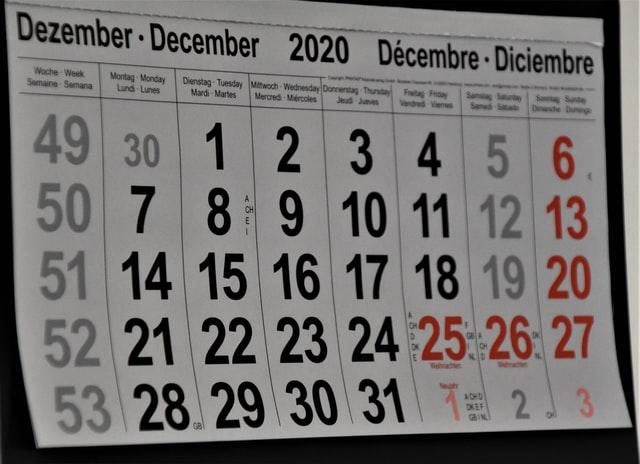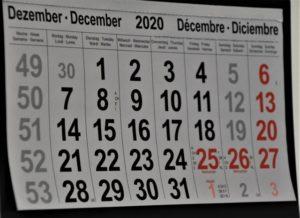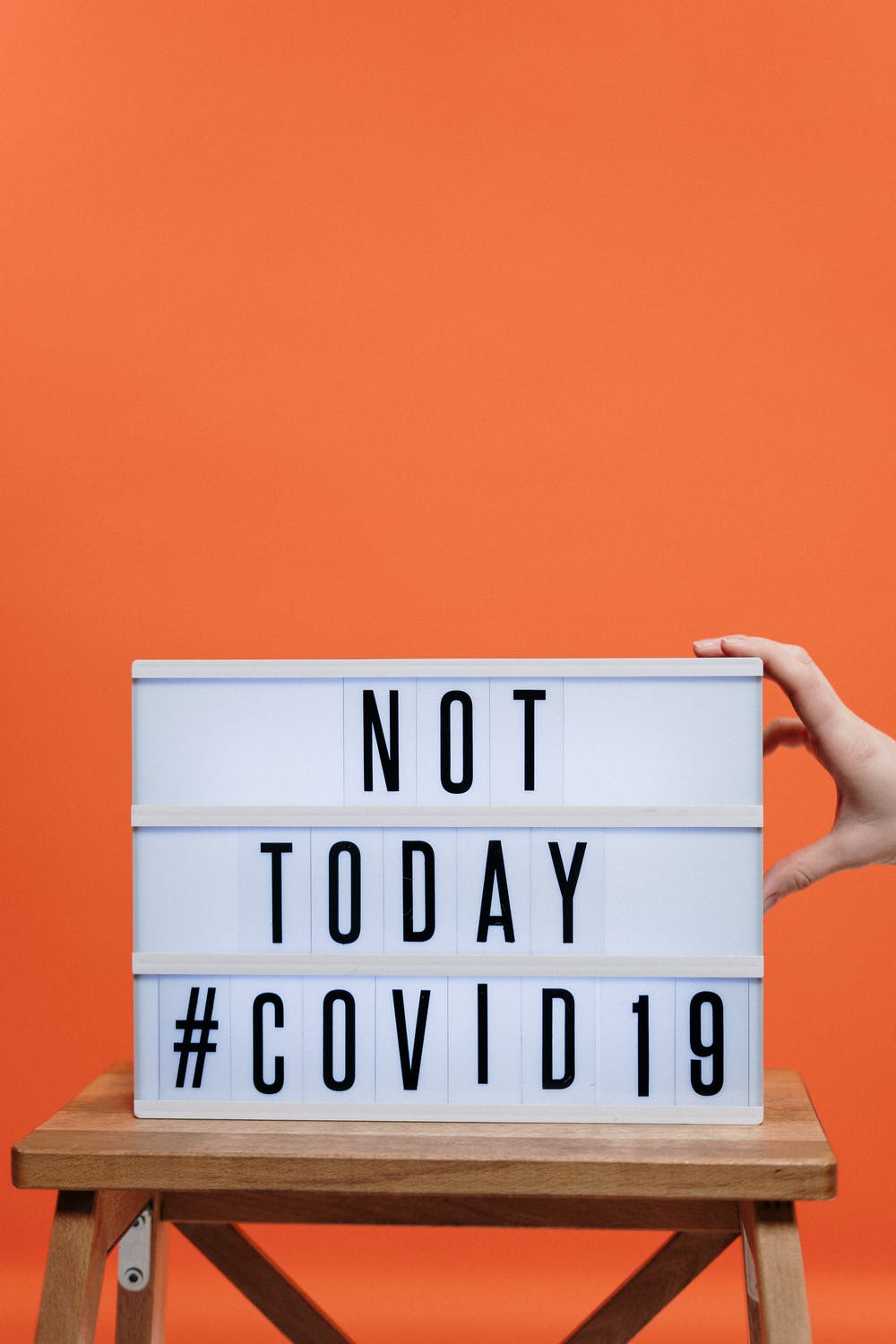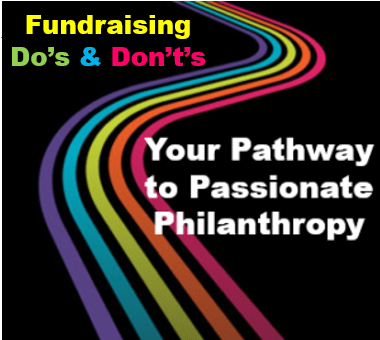Last Minute Strategic Year-End Email Appeal Tips
 Studies show one-fourth of all charitable giving happens in December. For some organizations (maybe yours?), it’s as much as one-third. Year-end fundraising is not chopped chicken liver!
Studies show one-fourth of all charitable giving happens in December. For some organizations (maybe yours?), it’s as much as one-third. Year-end fundraising is not chopped chicken liver!
While you absolutely should be using multiple fundraising channels to get best results, right now whatever you’ve got planned for offline is pretty much cooked. So your best bet for boosting year-end results is digital.
What do you have planned online between now and December 31st?
The 2024 M+R Benchmarks Study found nonprofits raise anywhere from 17% to 34% of their online revenue in December, depending on their cause. For well over a decade, the last week of the year – and particularly the last day of the year– have been huge for online fundraising.
To boost your year-end fundraising success, you need to craft an email offer your donor can’t refuse.
4 Top Strategies to Clearly Convey Your Offer
If you’ve not yet planned your campaign, start here — and now. If you’re ready to go, take a moment to check your plan against these tips. In a nutshell, you need three things for any effective fundraising offer:
- Specific problem you’re addressing — made real and relevant to the prospective donor.
- Specific solution you’re proposing to address the problem – with your donor’s help.
- Specific ask showing how the donor can help– the distinct purpose and amount of the gift you’re requesting, tied to what it will accomplish.
It’s really that simple, but let’s get a little more into the weeds so you’ve a better idea how to execute these three offer components.


 I’m excited to share three easy tips with you, and the results are measurable. Do these things and you’ll be able to tell if they impact your bottom line!
I’m excited to share three easy tips with you, and the results are measurable. Do these things and you’ll be able to tell if they impact your bottom line!
 You are a
You are a 

 These days you’re likely communicating with constituents digitally more than ever before.
These days you’re likely communicating with constituents digitally more than ever before.
 Last week I shared a number of real-life examples from innovative nonprofits taking creative steps to connect meaningfully to their supporters during these trying times. While staying connected, some organizations are succeeding in stepping up both their marketing and fundraising communications to the next level.
Last week I shared a number of real-life examples from innovative nonprofits taking creative steps to connect meaningfully to their supporters during these trying times. While staying connected, some organizations are succeeding in stepping up both their marketing and fundraising communications to the next level.
